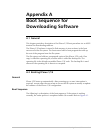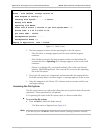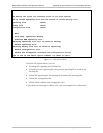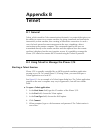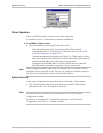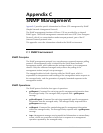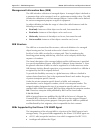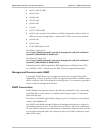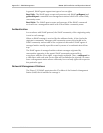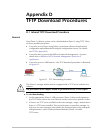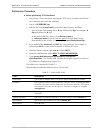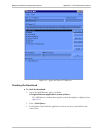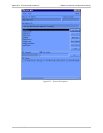
SNMP Environment C-1
Appendix C
SNMP Management
Appendix C provides specific information for IPmux-1/1E management by SNMP
(Simple Network Management Protocol).
The SNMP management functions of IPmux-1/1E are provided by an internal
SNMP agent. The SNMP management communication uses UDP (User Datagram
Protocol), which is a connectionless-mode transport protocol, part of the IP
(Internet Protocol) protocol suite.
This appendix covers the information related to the SNMP environment.
C.1 SNMP Environment
SNMP Principles
The SNMP management protocol is an asynchronous command-response polling
protocol. All management traffic is initiated by the SNMP-based network-
management station, which addresses the managed entities in its management
domain. Only the addressed managed entity answers the polling of the
management station (except for trap messages).
The managed entities include a function called an SNMP agent, which is
responsible for interpretation and handling of the management station requests to
the managed entity, and the generation of properly formatted responses to the
management station.
SNMP Operations
The SNMP protocol includes four types of operations:
• getRequest: Command for retrieving specific management information from
the managed entity. The managed entity responds with a getResponse
message.
• getNextRequest: Command for retrieving sequentially specific management
information from the managed entity. The managed entity responds with a
getResponse message.
• setRequest: Command for manipulating specific management information
within the managed entity. The managed entity responds with a getResponse
message.
• trap: Management message carrying unsolicited information on extraordinary
events, which are events that occurred not in response to a management
operation reported by the managed entity.



